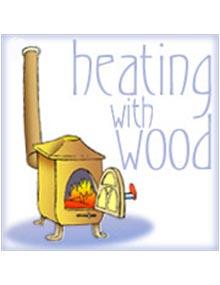

Chimneys for Wood Stoves
Reviewed
All wood-burning stoves need a well-constructed chimney to maximize efficiency and minimize danger. Visit our site to learn about chimneys for wood stoves.

In a Pinch: Ingredient Substitution
Revised
Out of a certain ingredient a recipe calls for? Find out what items you might have on hand can serve as a substitute.
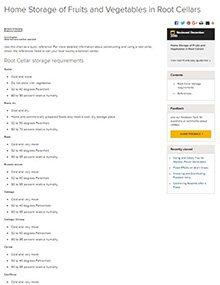
Home Storage of Fruits and Vegetables in Root Cellars
Reviewed
Use this chart as a quick reference. For more detailed information about constructing and using a root cellar, check the references listed.

In a Pinch: Food Yields, Page 4
Reviewed
Learn how much batter various sized and shaped baking pans can hold.

Storing Food in the Refrigerator
Revised
Food costs money, so keeping the quality of the food you buy just makes good sense. Knowing how to properly store food and how long to keep it brings many benefits.
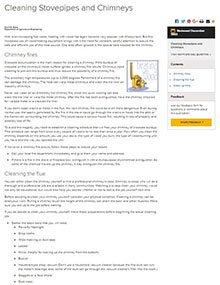
Cleaning Stovepipes and Chimneys
Reviewed
Chimneys need cleaning to reduce the possibility of a chimney fire. Visit our site to learn about Cleaning Stovepipes and Chimneys.

Quality for Keeps: Freezer Problem Solver
Reviewed
Provides guidance on managing freezer issues, including power outages, refreezing safety, and common freezing questions.
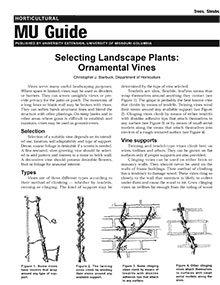
Selecting Landscape Plants: Ornamental Vines
Revised
Enhance your landscape with ornamental vines that provide privacy, soften structures, and add seasonal interest. Learn selection, support, and care tips.
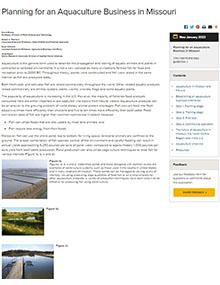
Planning for an Aquaculture Business in Missouri
New
Learn how to start and manage aquaculture businesses in Missouri, including system types, species selection, and water quality tips.
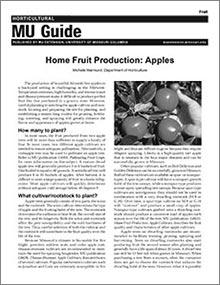
Home Fruit Production: Apples
Reviewed
Grow beautiful, flavorful, blemish-free apples in your backyard in the Midwest by following these tips for selecting a cultivar or rootstock; locating and preparing the planting site; pruning, fertilizing, watering and spraying through the growing season.
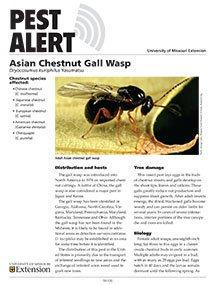
Asian Chestnut Gall Wasp
Reviewed
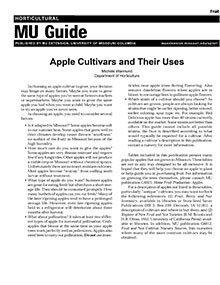
Apple Cultivars and Their Uses
Reviewed
Guide to selecting apple cultivars suited for Missouri, covering disease resistance, pollination, and storage characteristics.
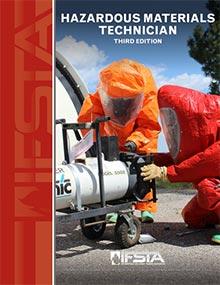
Hazardous Materials Technician, Third Edition Manual
New $75to $88
This manual prepares emergency responders conducting technical, advanced, offensive operations during hazardous material incidents to meet the Technician-level certification requirements of NFPA 470, Hazardous Materials/Weapons of Mass Destruction (WMD) Standard for Responders, 2022 Edition. This manual adds to the techniques and principles learned in IFSTA’s Hazardous Materials for First Responders, Sixth Edition.
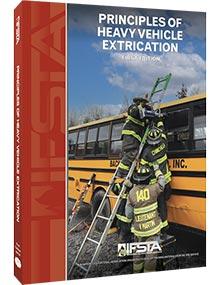
Principles of Heavy Vehicle Extrication, First Edition Manual
New $62 to $73
This manual provides rescue personnel with an understanding of the current challenges, techniques, skills and equipment available for the safe and effective extrication of victims trapped in heavy vehicles and in passenger vehicles involved in heavy vehicle incidents. It teaches heavy vehicle extrication in three levels of capability: Awareness, Operations and Technician.

Preserve It Fresh, Preserve It Safe: 2023, No. 1 (January/February)
New
Canning homemade soup? Learn safe pressure canning techniques and try a seasonal orange marmalade recipe in this food preservation guide.
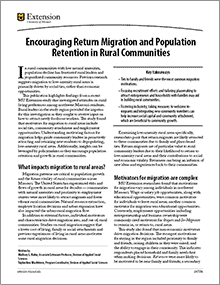
Encouraging Return Migration and Population Retention in Rural Communities
New
Social ties, community attachment, and employment opportunities motivate migration to rural areas, offering insights for leaders aiming to attract residents.
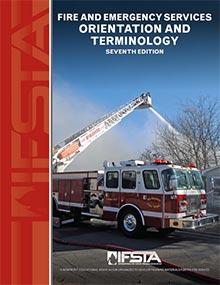
Fire and Emergency Services Orientation and Terminology, Seventh Edition Manual
$70 to $82
This manual acquaints new firefighters and fire science students with the history, traditions, terminology, organization, and operation of the fire and emergency services. It also contains descriptions of fire service organizations, operational roles, and career paths.

Fire Inspection and Code Enforcement, Ninth Edition Manual eBook
New $58
This manual covers fire dynamics, building components and services, site access, fire hazard recognition, water-based fire suppression systems, plan review and inspection procedures.
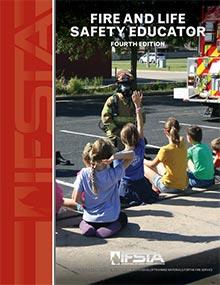
Fire and Life Safety Educator, Fourth Edition Manual
New $73 to $86
This manual focuses on life safety educators assigned to the implementation, management, and administration of fire and life safety programs; and on the life safety educator’s role as an integral part of a department’s or organization’s community risk reduction program.
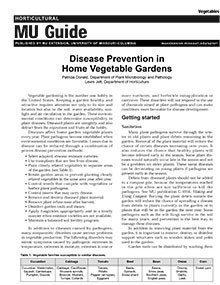
Disease Prevention in Home Vegetable Gardens
Revised
Reduce the chances of disease in your home vegetable garden through a combination of proven prevention methods, including sanitation; cultural, physical and biological practices; staking; and solarization. Learn how in this University of Missouri Extensio
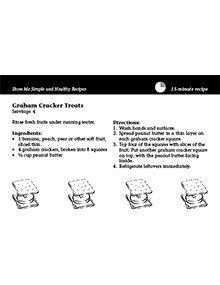
Show Me Simple and Healthy Recipes — Graham Cracker Treats (Bundle of 25)
Revised $10
Editor's note
The following abstract describes a publication that is available as a downloadable PDF. It is also available printed as part of the NC1 Show Me Simple and Healthy Recipes set

Show Me Simple and Healthy Recipes — Zesty Veggie Pasta Salad (Bundle of 25)
Revised $10
Editor's note
The following abstract describes a publication that is available as a downloadable PDF. It is also available printed as part of the NC1 Show Me Simple and Healthy Recipes set
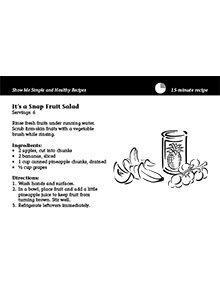
Show Me Simple and Healthy Recipes — It’s a Snap Fruit Salad (Bundle of 25)
Revised $10
Editor's note
The following abstract describes a publication that is available as a downloadable PDF. It is also available printed as part of the NC1 Show Me Simple and Healthy Recipes set
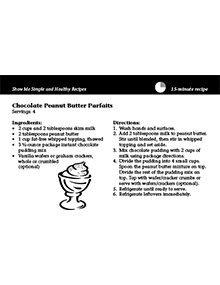
Show Me Simple and Healthy Recipes — Chocolate Peanut Butter Parfaits (Bundle of 25)
Revised $10
This publication offers a simple, healthy dessert recipe featuring chocolate pudding, peanut butter, whipped topping, and milk.
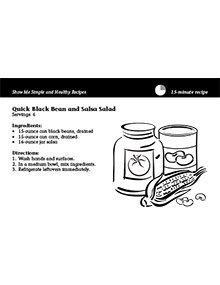
Show Me Simple and Healthy Recipes — Quick Black Bean and Salsa Salad (Bundle of 25)
Revised $10
Editor's note
The following abstract describes a publication that is available as a downloadable PDF. It is also available printed as part of the NC1 Show Me Simple and Healthy Recipes set